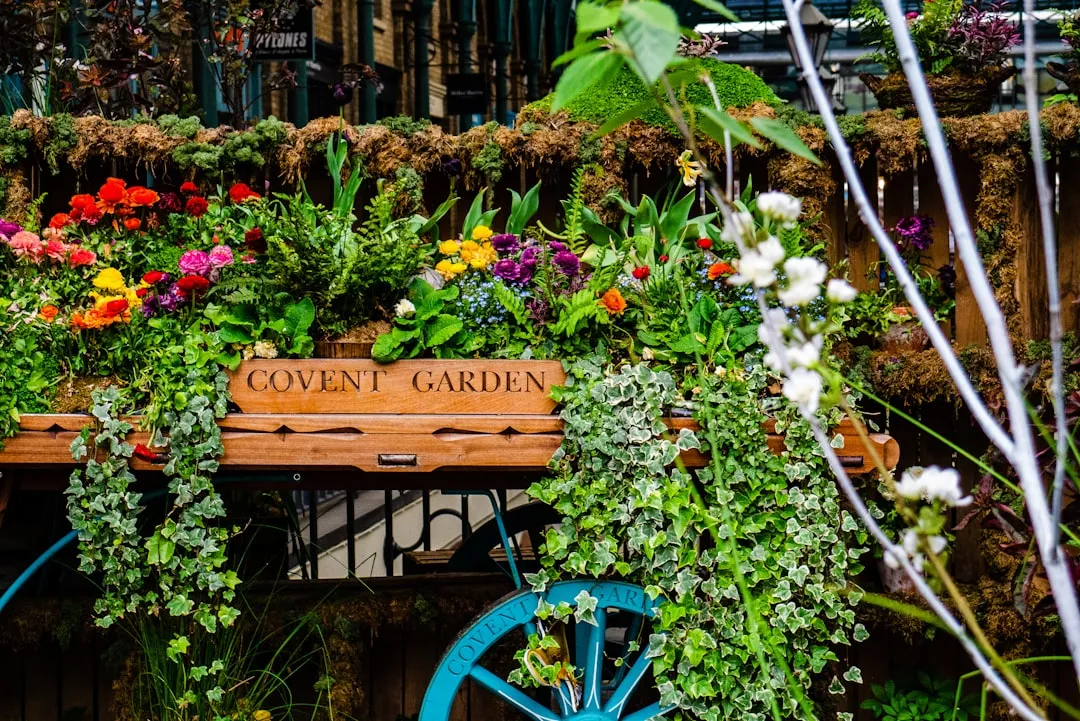Unleashing the Magic of Wine Corks in Your Garden

In the world of garden design, there is a hidden treasure that many of us have been overlooking — the humble wine cork. Those little pieces of cork that accumulate over time from our wine - drinking escapades can be transformed into valuable assets in our gardens. Let's explore the various ways we can put these collected wine corks to good use.
One of the most charming uses for wine corks in the garden is as plant markers. In a garden filled with a variety of plants, it can be challenging to keep track of what is what. Wine corks offer a simple and aesthetically pleasing solution. All you need to do is take a permanent marker and write the name of the plant on the cork. You can then stick the cork right next to the plant. The natural texture and color of the cork blend well with the garden environment, adding a rustic touch. Whether you have a small herb garden on your balcony or a large flower bed in your backyard, these cork plant markers are both functional and decorative.
Another excellent use for wine corks is as natural mulch. Mulch is crucial for any garden as it helps to retain moisture in the soil, suppress weeds, and regulate soil temperature. Wine corks, when broken into smaller pieces, can serve as an alternative to traditional mulch materials. They are lightweight and porous, allowing water to penetrate the soil easily while still providing a protective layer on the surface. As they decompose slowly over time, they also add organic matter to the soil, enriching it with nutrients. This natural mulch not only benefits your plants but also gives your garden a unique look.
Wine corks can also be used to create DIY garden art. You can string them together to make a fence or a border for your flower beds. By arranging them in different patterns, you can add a creative and personalized touch to your garden. For example, you can create a geometric pattern or a free - form design. This not only adds visual interest but also serves as a conversation starter when guests visit your garden.
If you have a problem with slugs and snails in your garden, wine corks can come to the rescue. These pests are attracted to the moisture in the soil and the plants. You can place wine corks around the base of your plants. The rough texture of the cork makes it difficult for slugs and snails to crawl over, acting as a natural barrier. This is a chemical - free and environmentally friendly way to protect your plants from these pests.
For those who like to grow plants in pots, wine corks can be used as drainage spacers. When you plant in pots, proper drainage is essential to prevent waterlogging and root rot. Place a few wine corks at the bottom of the pot before adding the soil. The corks will create gaps that allow excess water to drain out, ensuring that your plants' roots stay healthy. This is a simple yet effective way to improve the growing conditions for your potted plants.
You can also use wine corks to make a hanging planter. Drill holes in the sides of the corks and thread a string through them. Then, attach small pots to the corks using wire or string. Hang the planter in a sunny spot in your garden, and you have a unique and space - saving way to display your plants. This is especially useful if you have limited ground space in your garden.
In addition to these practical uses, wine corks can also be used to add a touch of whimsy to your garden. You can paint them in bright colors and use them as decorations. For example, you can paint them to look like ladybugs or other insects and place them among the plants. This adds a fun and light - hearted element to your garden, making it a more enjoyable place to be.
When collecting wine corks for your garden projects, it's important to make sure they are clean. You can soak them in warm, soapy water and then rinse them thoroughly. This will remove any dirt, residue, or bacteria. You can also save corks from different types of wines, which will add variety in terms of size, color, and texture to your garden projects.
Overall, wine corks are a versatile and sustainable resource for garden design. They offer a range of uses from practical to decorative, and best of all, they are free if you are a wine drinker. So, the next time you open a bottle of wine, don't throw away the cork. Instead, save it and let your creativity flow in the garden. With a little imagination, you can transform these simple wine corks into amazing garden features that will enhance the beauty and functionality of your outdoor space.